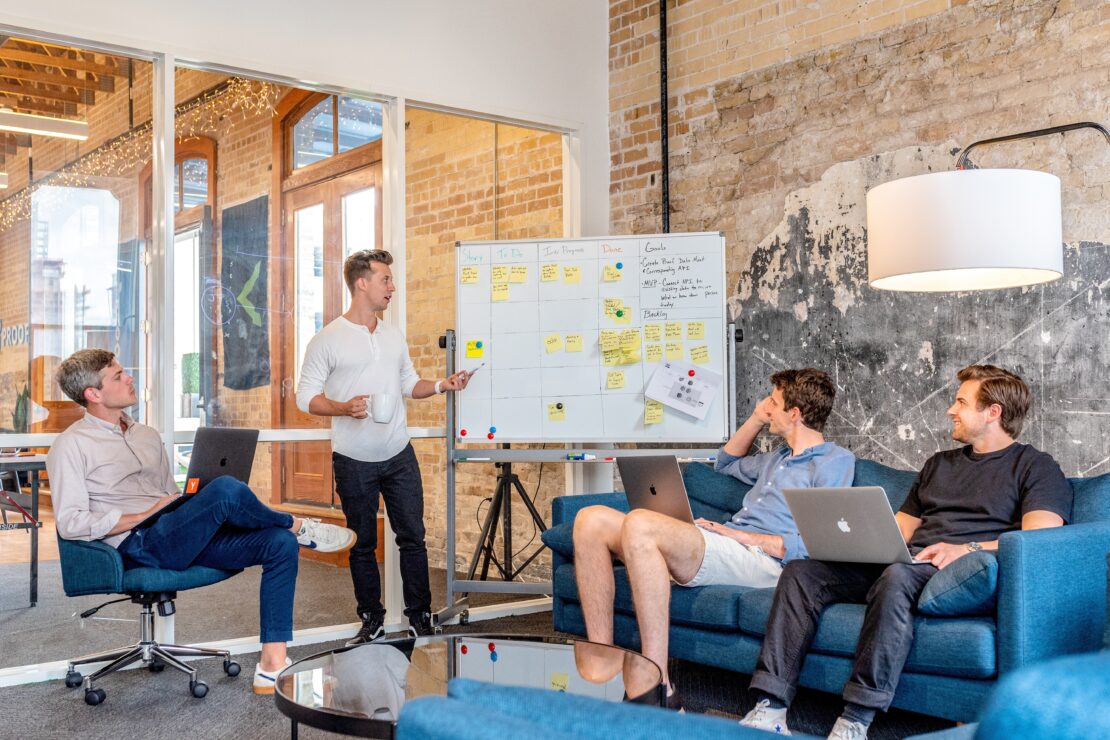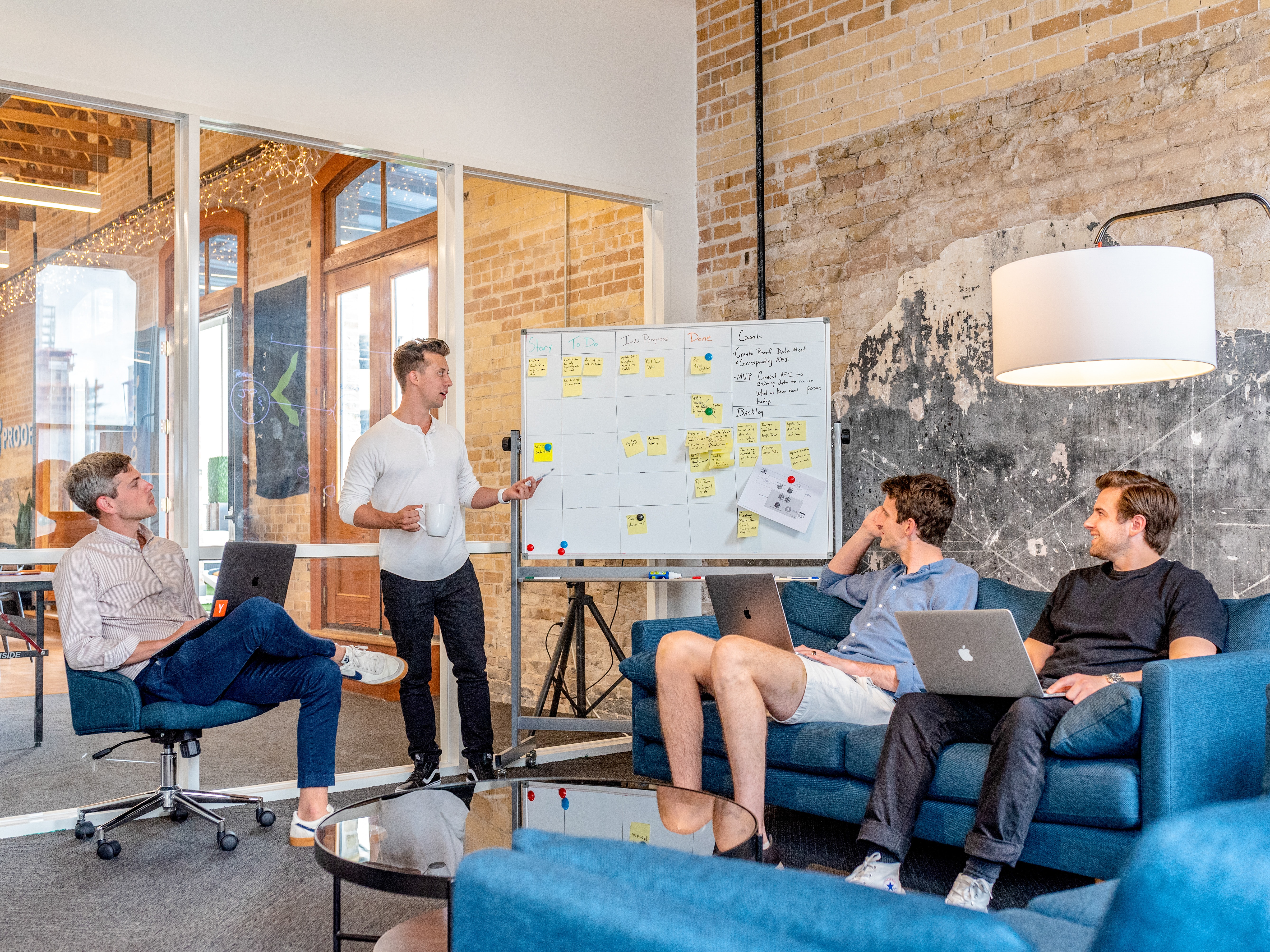
We’re firm believers that every organization—Fortune 500 companies, government agencies, nonprofits, academic institutions, small- and medium-sized businesses, you name it—can benefit from corporate mentoring. But we don’t believe that one mentoring model fits all. While some organizations will benefit from a traditional one-to-one program, others will find that self-directed works best. Still others might use a combination approach, perhaps group mentoring for one department and peer-to-peer mentoring for another. And that’s okay because, after all, that’s the goal: to have the people in your organization thrive and benefit from their involvement in your program, whatever the model looks like.

That said, we understand that choosing the right model is one of the biggest challenges facing people who are designing and implementing mentoring programs. Today’s blog is going to describe the different types of corporate mentoring models. For the the pros and cons of each model and the types of organizations that we’ve seen thrive under them, check out our whitepaper with the same title: Corporate Mentoring Models: One Size Doesn’t Fit All.
One-on-One Mentoring
In this traditional model, one mentor is matched with one mentoree, and a trained program manager monitors the match’s progress over the course of 9-12 months. Usually, the matches are deliberate; the mentoring program manager pairs two people together based on certain criteria, such as experience, skill sets, goals, personality, and a variety of other factors.
Self-Directed Mentoring
Self-directed mentoring offers some of the features provided by one-on-one mentoring. The main difference is that mentors and mentorees are not interviewed and matched accordingly by a mentoring program manager. Instead, mentors agree to add their names to a list of available mentors from which a mentoree can choose. It’s up to a mentoree to initiate the process, asking one of the volunteer mentors for assistance.
Group Mentoring
Group mentoring requires a mentor to work with four to six mentorees at one time. The group meets once or twice a month to discuss various topics. Combining senior and peer mentoring, the mentor as well as the peers help one another learn and develop appropriate skills/knowledge.
Also read: Using the Kirkpatrick Models to Evaluate Your Mentoring Program
Short-Term or Goal-Oriented Mentoring
This form of mentoring focuses on specific goals with a shorter time window and results-oriented framework.
Peer-to-Peer Mentoring
This mentoring model pairs young employees with each other—particularly in “onboarding” programs.
Speed Mentoring

Think time-limited meetings (usually 1 hour) in which the relationship is intended to deliver targeted information or offer networking opportunities. It’s a one-time only meeting.
Reverse Mentoring
This model matches senior executives (the mentorees) with younger people (the mentors) to help the older generation stay current and informed about new technologies or trends. For example, a 20-something employee may introduce a senior executive to social networking on Facebook or Twitter.
Employee-Alumni Mentoring
A handful of large companies have supported the concept of corporate alumni for years. McKinsey, for one, has long had a tradition of following alumni as corporate ambassadors, spreading the McKinsey ethic into their new positions.
More recently, however, companies have begun to realize the potential inherent in linking employees and alums. The Big Four accounting firms, for example, have all rebuilt their alumni programs in the last several years under this premise: alumni are an excellent source for recruiting, new business development, and brand promotion.
Still not sure which mentoring model—or combination of models—would work best for your organization? We can help. For over twenty years, we’ve provided our mentoring expertise through consultations and training.
Has your company used any of these mentoring models? Were they successful? Do you think you would have been more successful had you tried a different model or a combination of models? We would love your feedback in the comments section!
